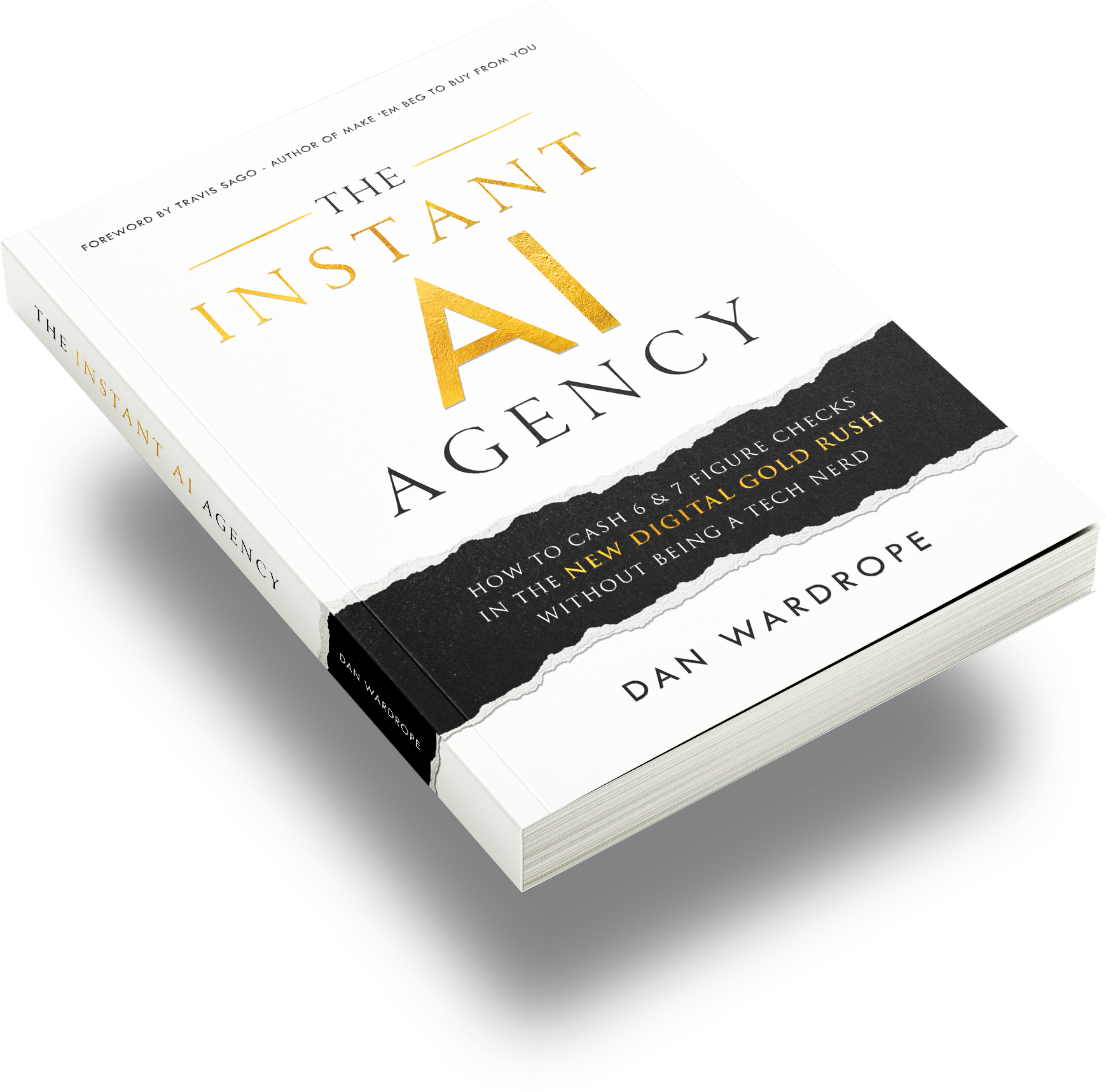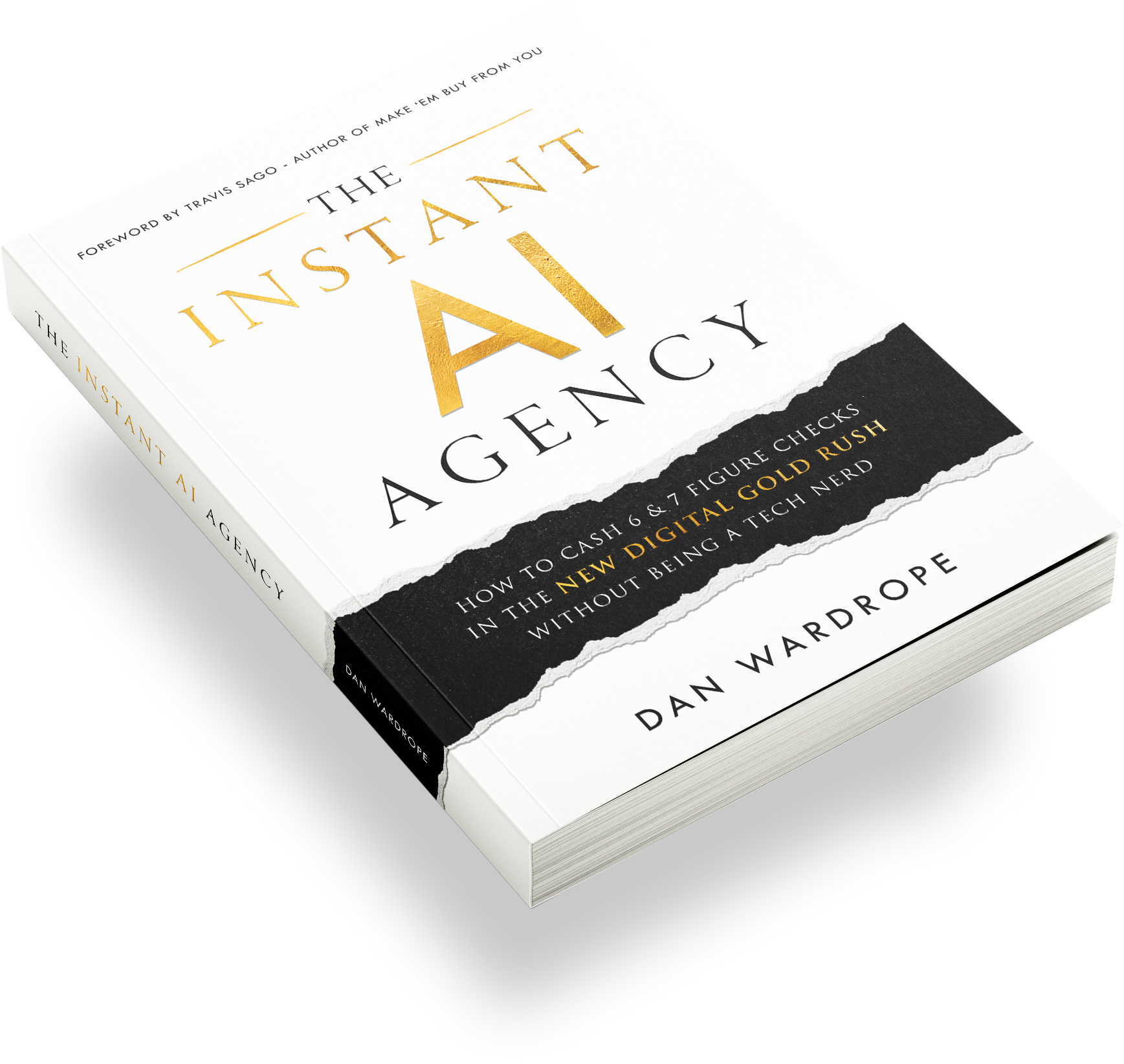As artificial intelligence continues to revolutionize business processes, AI automation agencies are in a unique position to help clients harness its power. This emerging demand creates new opportunities—and challenges—around how to price AI services effectively. In this blog, we’ll explore how to charge clients, including various pricing models for AI services, from performance-based pricing to retainers, helping you decide the best way to charge clients for AI services.
How To Charge Clients & Why AI is Transforming the Service Landscape
AI is no longer just a buzzword; it’s a powerful tool that can streamline tasks, increase efficiency, and enhance customer engagement. For agencies, the ability to connect AI solutions to client needs positions you as a critical partner. Clients now see the immense value of AI, making it easier to negotiate favorable payment terms and lock in long-term partnerships.
Let’s explore different pricing models that maximize revenue and deepen client relationships.
1. Performance-Based Pricing
Performance-based pricing is one of the most attractive models for AI automation agencies because it directly links compensation to results. This pricing model allows you to charge clients for AI services only when specific outcomes are achieved, reducing their risk while incentivizing you to deliver.
For example, let’s say you’re working with a mortgage company and using AI to increase their lead conversion rates. Here’s how performance-based pricing might look:
- Per Appointment: You get paid each time the AI secures a lead appointment.
- Per Show-Up: You earn a fee when the lead attends the appointment.
- Per Sale: Your highest fee comes when the lead converts to a sale.
Clients appreciate this model because it aligns with their ROI expectations. Depending on the industry, you could charge from $50 per appointment up to $3,000 per sale. When using performance-based pricing, be sure to clarify expectations and agree upon verifiable anchor points to prevent miscommunication about when payment is due.
Clients may question how you’ll track and report performance. Transparency is key:
- CRM Access: Request access to their CRM to monitor progress directly.
- Tagging Systems: Set up tagging or custom fields that allow both parties to track conversions in real-time.
- Reporting: For smaller clients without robust CRMs, a simple daily report can suffice.
By aligning your pricing with their CRM data, you build trust and establish a clear payment schedule. This trust-building measure also strengthens your relationship, transforming the client from a customer to a partner invested in mutual success.
2. How To Charge Clients With Upfront Drawdown
An upfront drawdown facility combines elements of performance-based pricing with an upfront payment to cover initial costs. Here, clients prepay for a set number of tasks, such as appointments, that you’ll deliver over a specified period.
For example, if you estimate you can generate 100 appointments at $100 each, you might secure a $10,000 payment upfront, drawn down as you deliver results. If you don’t reach the agreed quota, you refund the client for any undelivered appointments. This model appeals to clients by providing a performance-based structure but with an initial commitment that covers your operational costs.
3. SaaS Model with Performance Add-Ons
For clients who prefer a predictable, flat-rate payment, the SaaS model can be a suitable option. In this approach, clients pay a monthly fee to license your AI technology or chatbot, enabling you to offer basic automation services without the variable costs of performance-based pricing.
A SaaS model might include:
- Monthly Subscription Fee: Charge a flat rate, such as $497, to use the AI tool.
- Performance-Based Add-Ons: In addition to the flat rate, take a percentage of each successful lead or sale generated.
This hybrid approach works well for clients who want regular support and appreciate the potential for scaling. Many agencies have seen tremendous success with this model, with some generating up to $20,000 per month by combining SaaS fees with performance-based commissions. Read more about the SaaS model to see how it’s reshaping business.
4. Retainer Model
The retainer model provides consistent, monthly revenue and can be ideal for clients with complex or large-scale AI needs. Under this model, you receive a fixed monthly fee to help clients with various aspects of their business, from lead generation to customer support automation.
For instance, if you have a client who wants ongoing AI support across multiple departments, such as customer service and sales, a retainer model can provide predictable income while enabling you to work on a range of tasks. Many agencies use this model with high-volume clients whose demand for AI automation is ongoing, making the retainer valuable for both parties.
5. Project-Based or One-Off Fees
For clients with one-time projects, a project-based or one-off fee might be appropriate. This pricing structure is ideal for tasks such as setting up a chatbot, integrating AI with CRM, or configuring a document collection automation.
This model can also include a maintenance or support fee if clients need post-project assistance. For example, setting up an AI-powered document collection system could command a single fee, with an optional retainer for ongoing support.
6. High-Impact Problem-Solving Fee
When you’re solving high-impact problems that generate significant value, it’s worth setting a premium price. For example, if you’re working with a client to automate a costly manual process, like document handling, you can structure a high-impact problem-solving fee.
For instance, a large mortgage company might save millions annually by using AI to streamline document processing. By negotiating a fee based on their realized savings, you position your service as a valuable, indispensable asset to their operations. A model like this can also lead to lucrative exclusivity agreements or long-term partnerships.
Final Thoughts On How To Charge Clients
There’s no one-size-fits-all pricing model for AI services, but each option offers a way to align your revenue with the value you bring to clients. Whether you choose performance-based pricing, an upfront drawdown, a SaaS model, or retainers, the key is to communicate clearly and align on expectations. With AI automation driving business growth across industries, your expertise is more valuable than ever, giving you the power to build sustainable, high-revenue client relationships.
By selecting the right model, AI automation agencies can turn expertise into profits, allowing you to scale your business and make a lasting impact on your clients.
With these pricing strategies, you can capitalize on the AI boom, ensuring that your agency is well-positioned to thrive in an increasingly AI-driven business landscape.
For more information on how to charge clients for AI services, check out The Instant AI Agency.







